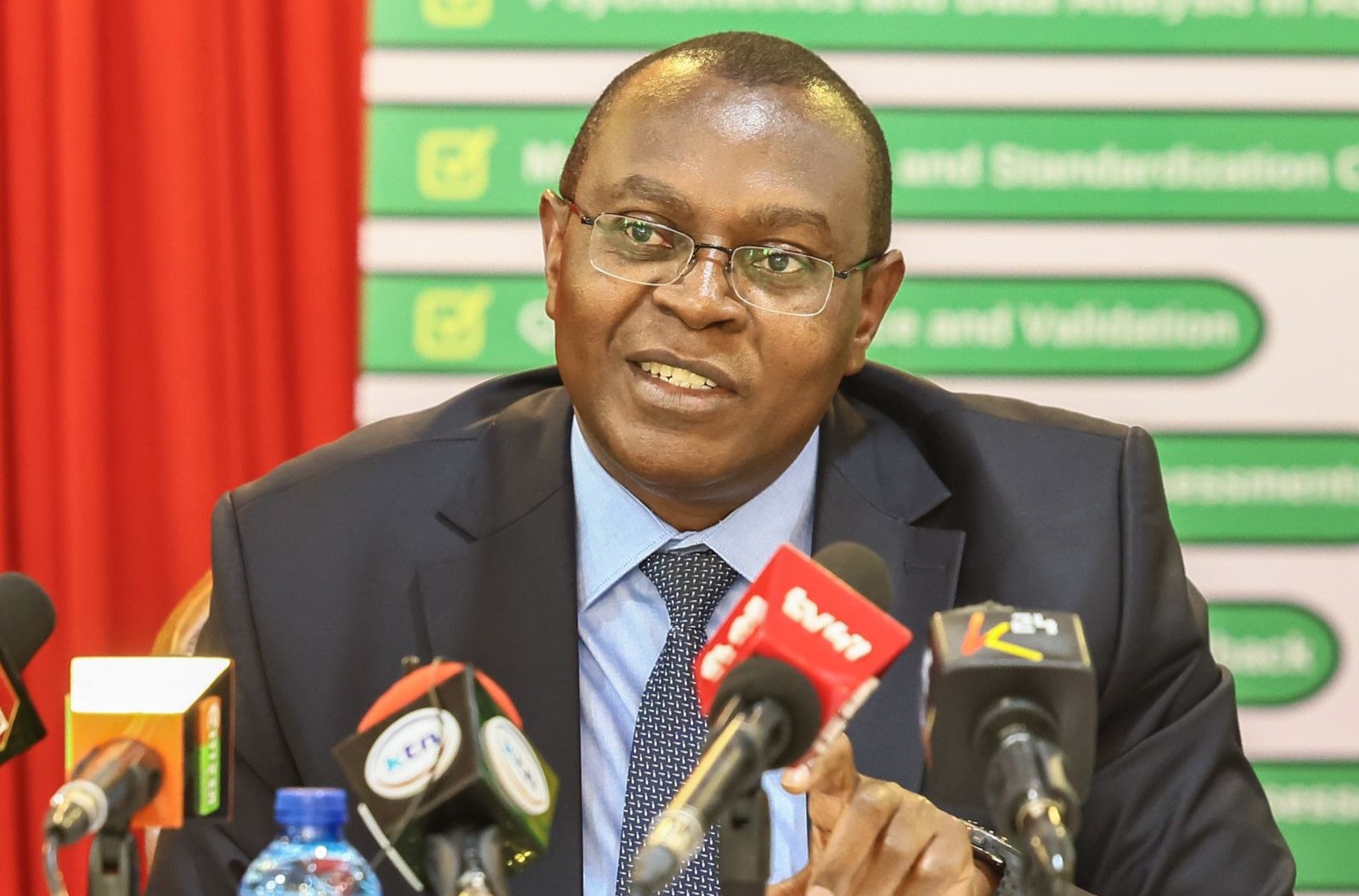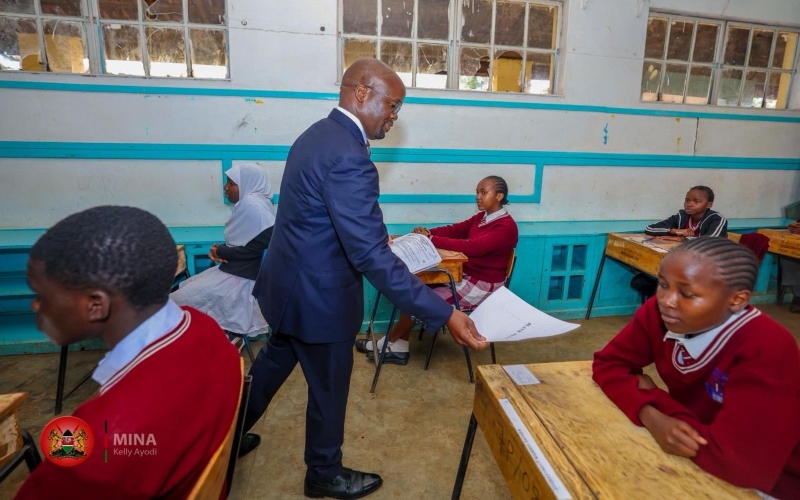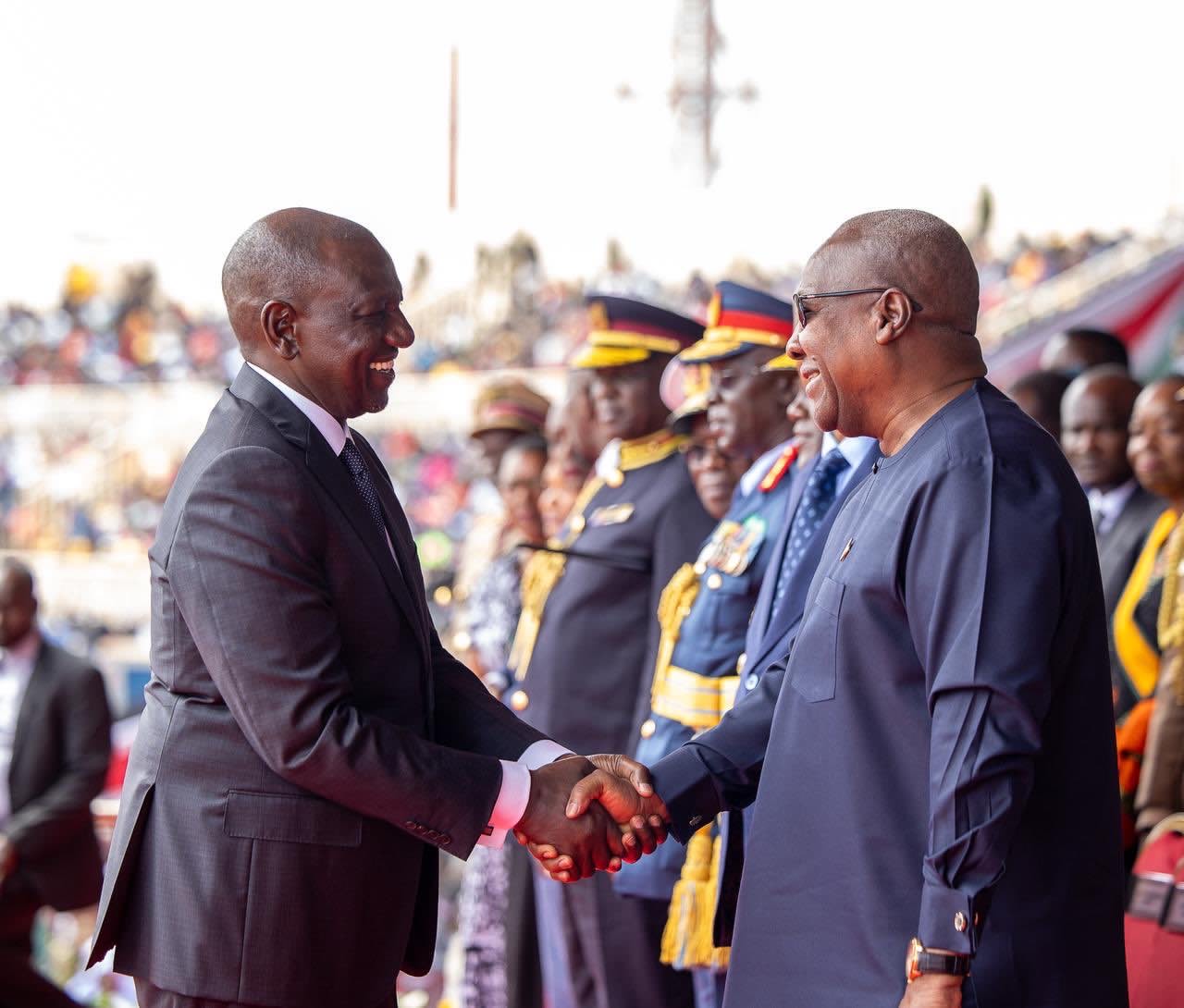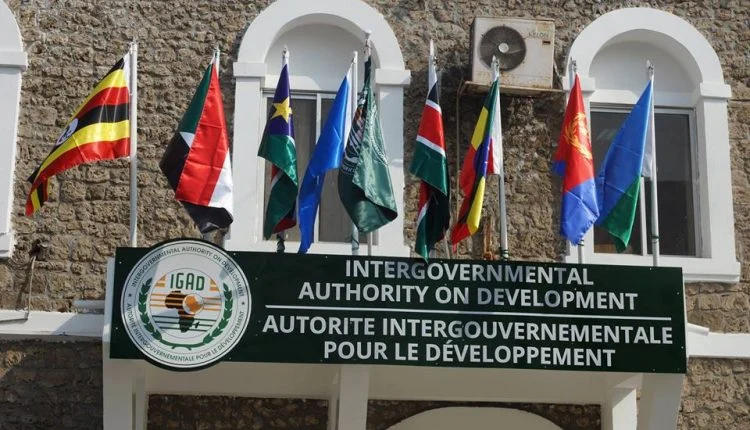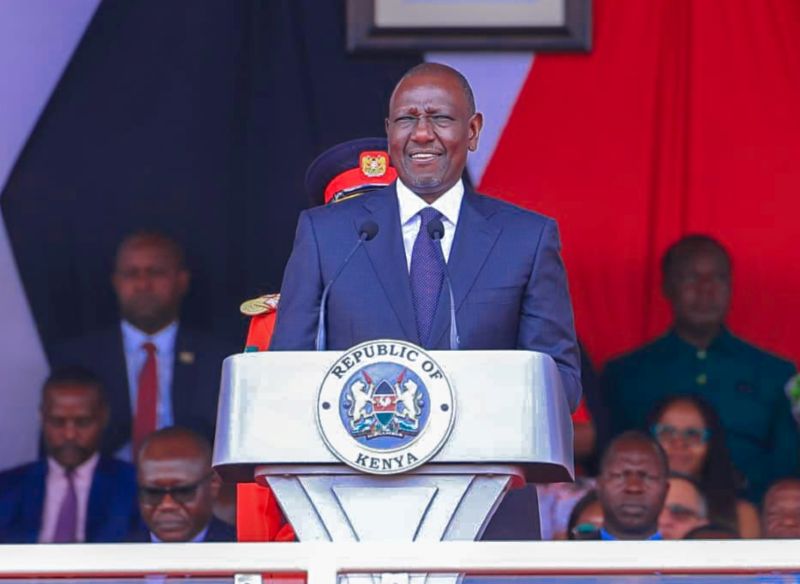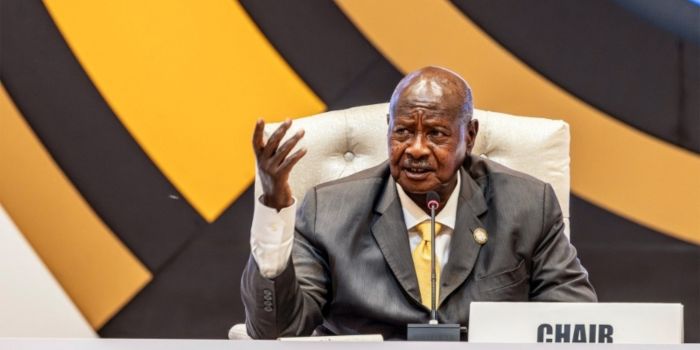Power producers warn of costly PPAs as Parliament lifts seven-year moratorium
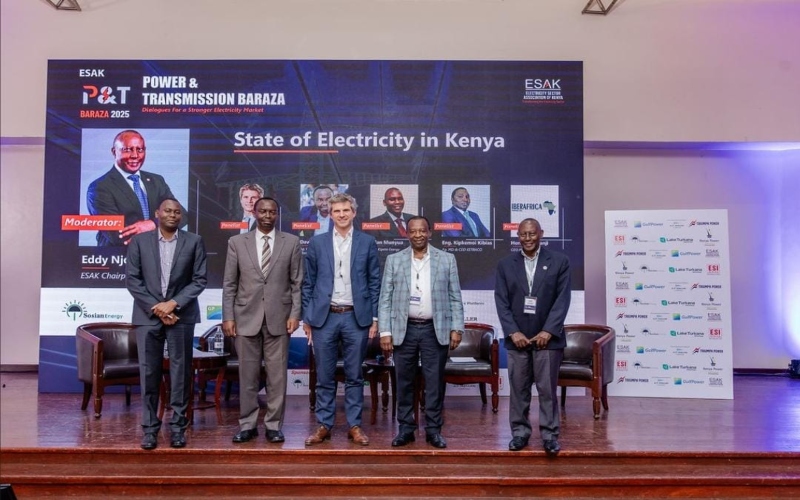
The Energy Act allows for private sector participation in power development. Currently, it accounts for over $2.2 billion (Sh285 billion) in FDI and 35 per cent of the country's current generation.
Independent Power Producers (IPPs) are calling on Members of Parliament (MPs) to re-examine the recently lifted seven-year moratorium on new Power Purchase Agreements (PPAs), whose costs, they said, remain prohibitive for business.
The moratorium was lifted by the National Assembly on November 12, creating room for the government to engage private investors in new power generation projects that help boost the country's rising demand for power.
More To Read
- Consumers to get more units for less as electricity tariffs decline
- Auditor General flags Kenya Power for missing 30 per cent tender quota for youth, women, and PWDs
- Kenya’s electricity demand hits all-time high of 2,439 MW, straining power generation capacity
- State agencies, counties owe Kenya Power Sh4.67 billion in unpaid bills - Auditor General
- Kenya Power ends manual applications, new connection requests exclusively via website
- Over 16,000 in the dark as Kenya Power struggles to procure essential meters, transformers
The IPPs who spoke during the Electricity Sector Association of Kenya (ESAK)'s Power and Transmission forum further urged the state to move quickly to ensure fresh investments are signed as soon as possible to forestall the dire negative effects of the current demand.
While Kenya's electricity generation rose to 14.47 terawatt-hours, a 5.76 per cent increase over the last year, which has been described as the strongest growth experienced in the past three years, the peak demand has risen from 2,316 to 2,412 megawatts.
"This rise reflects the new industry activity and improving economic confidence. At the same time, it reminds us that peak hour demand is becoming more of a challenge, as it shows that our reserve margin has reduced to below five per cent," ESAK's Chairperson, Eddy Njoroge, said.
The inability to meet demand prompted President William Ruto to recently announce plans to implement temporary load shedding by shutting off parts of the power supply during peak hours between 5:00 pm and 10:00 pm.
Kenya Power and Lighting Company (KPLC)'s Commercial Services and Sales head, Eng Rosemary Oduor, confirmed that occasional load shedding is currently being carried out during peak demand.
"In recognition of this, we are fast-tracking the commissioning of the generation projects that were already committed, approved, and are under construction. Ensuring that those committed in the pipeline are revamped under the change that just happened, so that we can fast-track the progress," she said.
 Engineer Julius Riungu is feted with a lifetime achievement award at the inaugural Power and Transmission baraza organised by the Electricity Sector Association of Kenya on November 20, 2025. (Photo: Courtesy)
Engineer Julius Riungu is feted with a lifetime achievement award at the inaugural Power and Transmission baraza organised by the Electricity Sector Association of Kenya on November 20, 2025. (Photo: Courtesy)
Kenya prides itself on generating most of its energy from renewable energy, which is supplemented by thermal energy and power imports from Uganda, Ethiopia, and Tanzania, accounting for more than 10 per cent of the country's installed capacity.
"Although this is a good thing, we stand on the precipice of a catastrophe if geopolitics change. We have already heard from Uganda. You never know what could happen. In Ethiopia, we do not know. And therefore, it is always very risky to depend on your neighbours. This is why we aim to add to our own capacity," said Mr Njoroge.
The inaugural forum, themed "Dialogues for a better Electricity Market", brought together both private and public stakeholders in the electricity space, among them Kenya Power, IPPs, project developers, and international financiers, to discuss the status of the electricity sector in Kenya, the gaps therein, and beyond the Kenyan frame.
"The spirit we need here is that of cooperation; we must close the generation deficit by delivering new installed capacity. We must grow off-peak demand by creating in creative and sustainable ways, and we must guarantee reliable and predictable power for the Kenyan industries," added the chairperson.
Though Kenya leads in electricity connectivity in East Africa, with growth projections reaching over 6,000 MW of renewable energy capacity by 2030, the meeting concluded that the country needs to focus on meeting this future demand, now.
The Energy Act allows for private sector participation in power development. Currently, it accounts for over $2.2 billion (Sh285 billion) in FDI and 35 per cent of the country's current generation.
According to the Kenya Electricity Transmission Company (KETRACO), Kenya requires $250 million (Sh32.4 billion) per year for the next 20 years to boost its transmission to levels comparable to middle-income countries.
While delivering his third State of the Nation Address at the National Assembly this afternoon, President Ruto announced plans to generate an additional 10,000 megawatts in the next seven years in an effort to meet the growing power demand.
Top Stories Today






